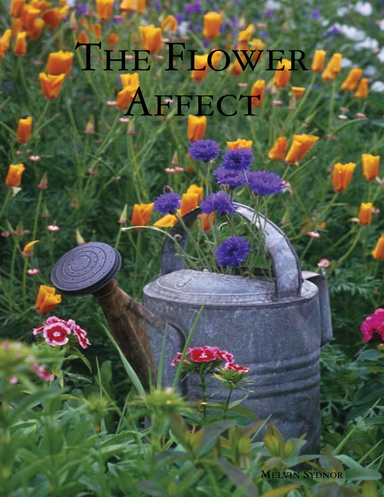
Azaleas, with their vibrant blooms, have a rich history that spans continents and cultures. Originating from Asia, azaleas have been cultivated for their beauty and symbolic meanings for over a thousand years, particularly in China, Japan, and Korea. In these regions, azaleas are not just plants but symbols of womanhood, elegance, and the changing seasons. The art of azalea cultivation was later adopted in Europe and North America, where enthusiasts developed over 10,000 different cultivars through selective breeding. Azaleas thrive in well-drained acidic soil and can bloom in a variety of climates, from the temperate to the subtropical. Their popularity is celebrated in numerous festivals worldwide, most notably in Japan and the southeastern United States, where the flowers’ blooming period heralds the arrival of spring and is a time of community gathering and celebration. The care for azaleas involves regular watering, fertilization, and pruning to maintain their stunning appearance and promote healthy growth. Despite their toxic nature, azaleas continue to be a cherished addition to gardens and landscapes, embodying a blend of natural beauty and human artistry. Cheers


